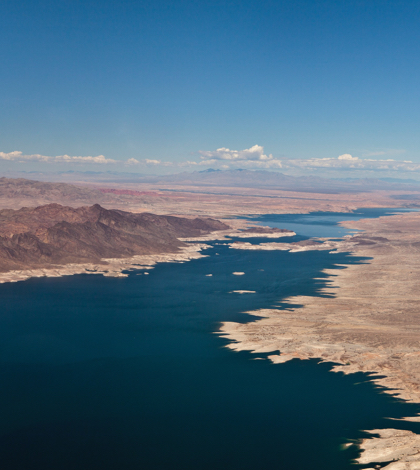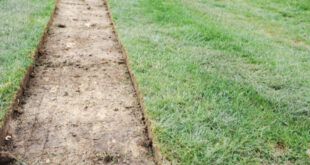As California’s water agencies look to the autonomy of determining their own water conservation plans and goals, thanks to at least a partial showing of the famed El Nino in Northern California, the status of a waning Colorado River and its holding tank, Lake Mead, spell yet another problem for thirsty Californians. In short, Lake Mead, the largest reservoir in the country, is at the lowest level it’s ever been, at only 37 percent.
Lake Mead, which spans the Nevada-Arizona border, along with Lake Powell, straddling the border between Utah and Arizona are the two reservoirs that channel Colorado River water to the southwestern United States. Lake Mead, specifically, stores Southern California’s allotment of Colorado River water.
Whereas mandatory water conservation goals were lifted in mid-May, conservation remains the mantra cry statewide. But Lake Mead’s levels will continue to drop until mid-June when some Colorado River water will be released from upstream sites. Levels at Lake Mead are then expected to drop even lower than where it is now. But most Californians are unaware of this information.
Felicia Marcus, chair of the California State Water Resources Control Board, summed up the lack of knowledge by Californians regarding their dependence on the Colorado River when she told ProPublica – an investigative, non-profit newsroom — in a February interview, “The importance of the Colorado River is very little understood by Californians. Folks just really don’t know where their water comes from.”
Four states share water from Lake Mead – Arizona, California, Nevada and New Mexico. For California alone, Lake Mead supplies much of Los Angeles’ drinking water as well as sizable percentages for more than two dozen other southern California cities. San Diego County’s water is 64 percent Colorado River water; hopefully, San Diego’s new desalination plant will reduce the dependence on water from the Colorado.
But, in spite of the good news of impressive conservation, new desalination plants and multiple other initiatives, Lake Mead’s decline, and projected further decline, is likely to be California’s next water crisis. Lake Mead is beset by three issues contributing to its waning water levels. Though the California drought is well known, the drought encompasses the entire western United States. Secondly, the drought has increasingly tapped into all available water sources as witnessed by declining aquifers. Lastly, climate change is increasing temperatures and has caused a decline in the surface water available for use.
Southern California is essentially a desert albeit a watered desert. How we proceed with water use, conservation and the flow of water into the state will depend on not just what we do within the state but also on our relationships and agreements with neighboring states. California’s water from Lake Mead and the Colorado River is just one example.
 California Water News Daily Your Source For Water News in California
California Water News Daily Your Source For Water News in California


